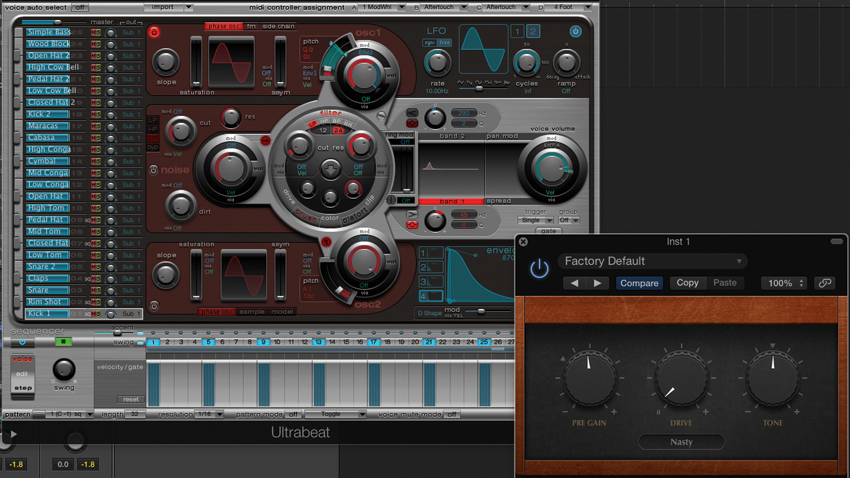6 ways to use analogue-style effects in your DAW
Analogue emulation effects processors can work wonders on any mix - if you know how to use them. Good job we're here, then…

From stereo manipulation to tape saturation and beyond, our half dozen analogue-style plugin processing tips will warm up your mixes a treat.
For more analogue emulation action, get hold of the February edition of Computer Music.

1. Mostly mono
Part of the sound of vintage analogue recordings comes from the limitations of old gear. A finite number of tape tracks meant that many tracks were recorded in mono. In fact, some ancient consoles offered only left, right, and middle pan positions. We can use plugins like Brainworx bx_solo to mono-ise a track.

2. Taped up
Old-school engineers weren’t afraid to commit effects to tape. We can give our tracks a slathering of tape saturation using a tape simulation plugin. There are plenty of high-end models to choose from, but this convolution-based effect from CDSoundmaster does the job nicely - and does it for free.

3. Stop the stereo
Flangers, phasers and chorus effects are all popular ways to add excitement to a track, but most modern plugin variants take advantage of stereo panning to beef up the sound. Most vintage effects - particularly those aimed at guitarists - were mono. Keep this in mind when attempting to create that vintage analogue tone.

4. Flanging fun
Speaking of flanging, it’s worth noting that the very name of the process is derived from the effect of physically applying pressure to the tape on a reel as it spins through the recorder. Some flanging may occur naturally when using tape, so you might try adding a subtle flanging effect to your tracks to instantly age your ‘tape’.

5. Super stereo
Hard panning has fallen out of favour over the years, often seen as a gimmick used to recall stereo-ised versions of early mono records made by the fab four - yet you can achieve some nice vintage sounds by hard-panning a wet delay or reverb signal opposite its dry counterpart.
Get the MusicRadar Newsletter
Want all the hottest music and gear news, reviews, deals, features and more, direct to your inbox? Sign up here.

6. Fuzzy edges
Back in the days of 8- and 12-bit drum machines, engineers would often run their (inevitably mono) signals through analog fuzz boxes to give them a bit of life. It’s easy to do the same thing with a good distortion plugin. Restraint is key, though - you don’t want to notice the distortion… just add the tiniest colour for thickness.
Computer Music magazine is the world’s best selling publication dedicated solely to making great music with your Mac or PC computer. Each issue it brings its lucky readers the best in cutting-edge tutorials, need-to-know, expert software reviews and even all the tools you actually need to make great music today, courtesy of our legendary CM Plugin Suite.
"If I wasn't recording albums every month, multiple albums, and I wasn't playing on everyone's songs, I wouldn't need any of this”: Travis Barker reveals his production tricks and gear in a new studio tour
“My management and agent have always tried to cover my back on the road”: Neil Young just axed premium gig tickets following advice from The Cure’s Robert Smith










